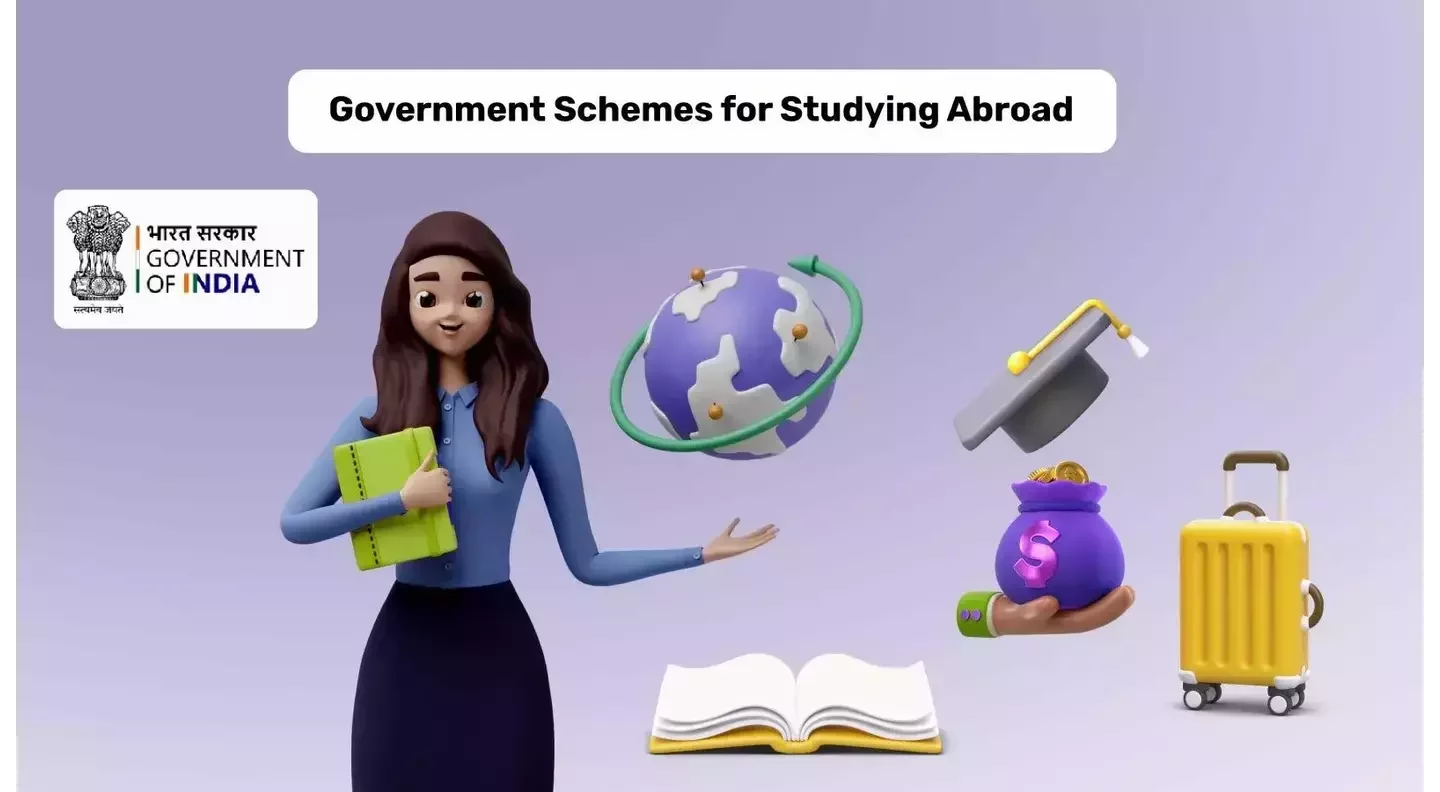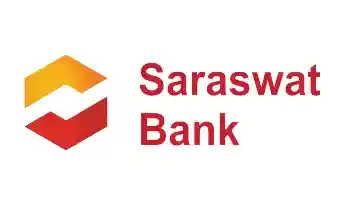Get instant loan offer suitable to your profile !


On this Page:
Education loan for abroad studies by the Indian government - GyanDhan brings a comprehensive guide on government education loan for study abroad
The Government of India has implemented various schemes to provide financial assistance and interest subsidies to students pursuing further studies abroad. These initiatives are designed to support students from economically weaker sections and marginalized communities in their educational pursuits. It is important to note that though it is commonly referred to as government of India education loans for study abroad, these initiatives are not direct loans but rather schemes that offer financial aid and interest subsidies. By availing these schemes and govt education loans students can benefit from reduced interest rates, flexible repayment options, and other forms of support. Let's explore some of the key government of India study loans and government schemes that facilitate affordable education and empower students to achieve their academic goals.





Government data reveals that there has been a 50% increase in the number of students applying for the student visa every year. Still, many students receive a rejection on their student visa applications because they cannot fulfill the fund requirement. To decrease the rejection rate, education loans for abroad studies by the Indian government came into effect.
Amendments are regular to these schemes to make them effective. Some are mentioned below:




To qualify for a government study loan, applicants generally need to meet the following basic eligibility criteria:




In addition to these requirements, specific schemes may have additional eligibility criteria. It's recommended to check the official website of the respective scholarship or government student loans India for detailed information.

The Dr. Ambedkar Central Sector Scheme provides interest subsidies on education loans for overseas studies to students who belong to Other Backward Classes (OBCs) or Economically Backward Classes (EBCs). This govt education loan scheme is available for meritorious students who have secured admission in the approved courses at Masters, M.Phil, or Ph.D. courses abroad.
Eligibility criteria:



Procedure:




The Ministry of Human Resources Development and Department of Higher Education has formulated this government loan for study abroad interest subsidy for economically weaker sections (EWS) for pursuing technical/professional courses in India.
Eligibility criteria:


Procedure:


Education loan for study abroad by the Gujarat government offers a 100% interest subsidy to economically weaker students from Gujarat who wish to pursue higher studies abroad. Through this govt education loan for abroad studies by the Indian government without collateral scheme, students can get up to INR 15 Lakh for overseas study. This govt education loan scheme is available for professional courses at graduate, post-graduate, and diploma levels.
Eligibility criteria:



Please note that this scheme has been discontinued by the Government of India.
The objective of the government study loan scheme was to award 100% interest subsidies on education abroad loans to meritorious students belonging to economically weaker sections of society and hence enhance their employability.
The students should belong to the notified minority communities (Muslims, Christians, Buddhists, Sikhs, and Parsis) as declared in section 2(c) of the National Commission for Minorities Act, 1992.
Eligibility criteria:




Procedure:




In 2015, the Credit Guarantee Fund Scheme for Education Loans (CGFSEL) was introduced by the Government of India. This govt education loan for study abroad is primarily for students who wish to study abroad but do not have any collateral or co-applicant to pledge. Under this scheme, you can get up to INR 7.5 Lakh loan without any collateral or co-applicant.
Requirements:



The National Minorities Development & Finance Corporation (NMDFC) is a government body that works toward financing the minority sections of society, through State Channelising Agencies (SCAs). NMDFC provides loans to study in India & abroad for professional and job-oriented courses.
NMDFC has divided the minorities into two subsections:


Eligibility Criteria:
The corporation's objective is to provide subsidized financing for self-employment to underserved minorities, including Muslims, Christians, Sikhs, Buddhists, Parsis, and Jains.
For Credit Line 1:
| Feature | Description |
|---|---|
|
Education loan for study in India |
Up to INR 20 Lakh |
|
Education loan for study abroad |
Up to INR 30 Lakh |
|
Rate of Interest (ROI) |
3% per annum |
|
Moratorium period |
6 months after completing the course or getting a job. |
|
Repayment time |
5 years |
For Credit Line 2:
| Feature | Description |
|---|---|
|
Education loan for study in India |
Up to INR 20 Lakh |
|
Education loan for study abroad |
Up to INR 30 Lakh |
|
Rate of Interest (ROI) |
8% per annum for men 5% per annum for women |
|
Moratorium period |
6 months after completing the course or getting a job. |
|
Repayment time |
5 years |
The NSKFDC actively works toward the economic development of the safai karamcharis/ Manual Scavengers community. Through this government education loan for study abroad, you can avail education loans to study abroad for the following courses:



Eligibility criteria:


| Feature | Description |
|---|---|
|
Education loan for study in India |
Up to INR 10 Lakh |
|
Education loan for study abroad |
Up to INR 20 Lakh |
|
Rate of Interest (ROI) |
4% per annum (0.5% rebate for women who wish to pursue education in India) |
|
Moratorium period |
1 year |
|
Repayment tenure |
5 years |
The NBCFDC is a government undertaking that provides education loans for both studies in India and abroad. For study in India loans, 90% of total expenses are covered, whereas, loans for abroad education cover 85% of the total expenses.
Eligibility criteria:



| Feature | Description |
|---|---|
|
Education loan for study in India |
INR 15 Lakh |
|
Education loan for study abroad |
INR 20 Lakh |
|
Rate of Interest (ROI) |
4% p.a. ( Men) 3.5% p.a. (Women) |
Check Your Education Loan Eligibility

Ask from a community of 10K+ peers, alumni and experts
Trending Blogs
Similar Blogs

Network with a community of curious students, just like you
Join our community to make connections, find answers and future roommates.. Join our CommunityCountry-Wise Loans
Best Lenders for Education Loan

ICICI Bank

Axis Bank

Union Bank

Prodigy

Auxilo

Credila

IDFC

InCred

MPower

Avanse

SBI

BOB

Poonawalla

Saraswat